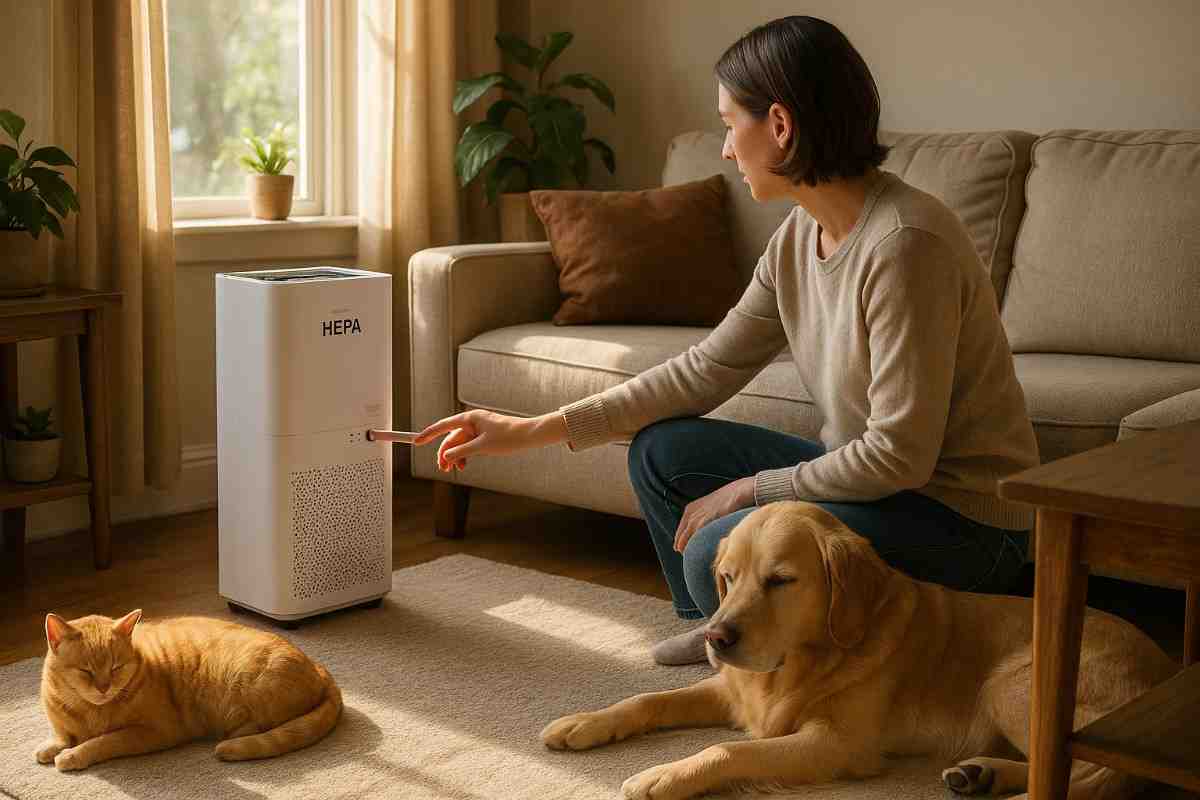
Understanding Pet Allergies: Causes, Symptoms, and Solutions
Pets bring joy, companionship, and unconditional love—but for some people, living with animals can trigger allergies. Understanding pet allergies is essential for creating a safe and comfortable environment for both humans and animals. With proper awareness and management, it’s possible to enjoy the benefits of pet ownership without constant discomfort.
What Are Pet Allergies?
Pet allergies are immune system reactions to proteins found in:
- Dander: Tiny flakes of skin shed by animals.
- Saliva and Urine: Proteins in drool or urine can trigger allergic reactions when they land on fur, furniture, or surfaces.
- Fur and Hair: While not the direct allergen, fur can carry dander, saliva, and other allergens throughout a home.
Dogs, cats, and small mammals like rabbits, guinea pigs, and rodents are common sources of allergens. Interestingly, some breeds produce fewer allergens, which can be an important consideration for allergy sufferers.
Common Symptoms of Pet Allergies
- Sneezing, runny or congested nose
- Itchy, watery, or red eyes
- Coughing, wheezing, or asthma exacerbation
- Skin reactions such as rashes or hives
- Fatigue or general malaise in some cases
Symptoms can appear immediately upon exposure or develop gradually over time.
Pet Allergies vs. Pet Intolerance
It’s important to distinguish allergies from other sensitivities:
- Allergies involve an immune system reaction to proteins.
- Intolerance refers to mild irritations like itchy skin or mild respiratory discomfort that are not immune-mediated.
Accurate diagnosis by an allergist is key to determining proper treatment and management.
Managing Pet Allergies
- Choose Low-Allergen Breeds: Breeds like Siberian cats, Balinese cats, or poodles often produce fewer allergens.
- Regular Grooming: Bathing and brushing pets reduces dander and loose fur.
- Clean Living Spaces: Vacuum with HEPA filters, wash bedding, and minimize carpets where allergens accumulate.
- Create Pet-Free Zones: Keep bedrooms or certain rooms off-limits to pets.
- Medical Support: Antihistamines, nasal sprays, or allergy shots can help manage symptoms.
- Air Filtration: Use HEPA filters and maintain good ventilation to reduce airborne allergens.
With careful planning and awareness, people with mild pet allergies can coexist comfortably with their furry companions.
Conclusion
Pet allergies don’t have to mean giving up on companionship. By understanding triggers, identifying symptoms, and implementing strategies, humans and pets can enjoy a harmonious relationship. Knowledge, proactive measures, and medical guidance allow allergy sufferers to experience the joy of pet ownership without compromising health.